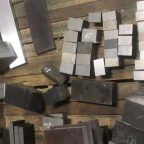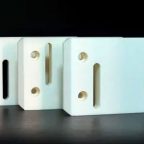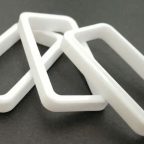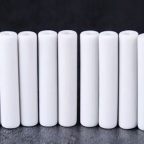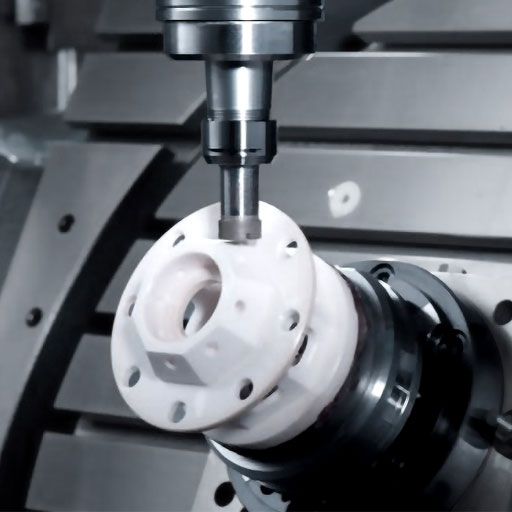Calcium oxide has a melting point of 2570°C, abundant resources and relatively cheap price, but it is difficult to sinter, has low stability in the atmosphere, and is easy to hydrate, which is the biggest problem in the manufacture of CaO products. The raw material used to prepare pure calcium oxide is chemically pure calcium carbonate or calcium hydroxide, which is burned at a temperature slightly higher than its decomposition temperature.
In the process of manufacturing calcium oxide products, from the preparation of agglomerates to the firing of the products until they are used, they must be stored in a moisture-free medium. The hydration rate of calcium oxide in the product is proportional to its porosity.
In order to enhance the stability of the calcium oxide product, various additives can be added to make them form a fusible eutectic mixture on the surface of the CaO crystal during the calcination process. Form a protective film. Such as TiO2, BeO, Fe2O3+MoO3, Fe2O3+Cr2O3+MoO3. When making stable crucibles and other products, 5%~10% TiO2 is usually added, and CaO+TiO2 is lubricated with dextrin or other organic binders, and then pressed into agglomerates and pre-fired at 1650~1700℃.
Add a small amount of lubricating oil to the finely pulverized (less than 0.074mm) mixture, shape it under a pressure of 50~70MPa, and then burn it at 1650~1700℃. When making CaO crucible by pressing method, 1% beeswax in carbon tetraoxide solution can be added as binder. When pouring the calcium oxide crucible, anhydrous alcohol or a mixture of paraffin and oleic acid must be used. To prevent hydration of the crucible during storage, a protective layer can be applied to it.
Pintejin machining ceramic service include : Alumina Ceramic Parts, Zirconia Ceramic, Silicon Carbide Ceramic, CNC Machined Aluminum Nitride Ceramic, Machinable Ceramic Parts, Glass Ceramic,Macor Ceramic,Powder Metallurgy Dies,Ceramic Injection Molding,Ceramic Dry Pressing,Ceramic Extrusion Dies
